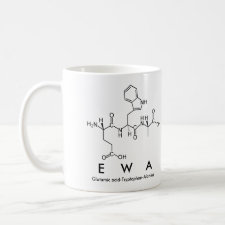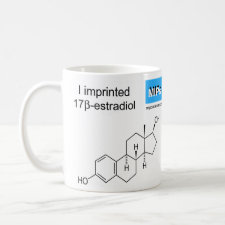
Authors: Nemulenzi O, Mhaka B, Cukrowska E, Ramström O, Tutu H, Chimuka L
Article Title: Potential of combining of liquid membranes and molecularly imprinted polymers in extraction of 17beta-estradiol from aqueous samples.
Publication date: 2009
Journal: Journal of Separation Science
Volume: 32
Issue: (11)
Page numbers: 1941-1948.
DOI: 10.1002/jssc.200800659
Abstract: The potential of combination of liquid membranes (microporous membrane liquid-liquid extraction) and molecularly imprinted polymers (MIPs) was performed using 17beta-estradiol (E2) as model compound. The model compound was extracted from aqueous sample through a hydrophobic porous membrane that was impregnated with hexane/ethyl acetate (3:2), which also formed part of the acceptor phase. In the acceptor phase, the compound was bound onto MIP particles that were also part of the organic phase. The potential of such combination was optimised for the type and amount of MIP particles in the organic acceptor phase, the extraction time, and the type of organic acceptor solvent. Ultrasound assisted binding of E2 onto MIP particles was also investigated. MIPs prepared by precipitation polymerization were found to be superior to those prepared by bulk polymerization. Increase in the extraction time and the amount of MIP particles in the acceptor phase led to more E2 binding onto the MIP particles. Hexane/ethyl acetate (3:2) as an organic acceptor was found to give higher E2 binding onto MIP particles compared to toluene, diethyl ether, and hexane. Ultrasound was furthermore found to increase the binding of E2 onto MIP particles. The selectivity of the technique was demonstrated by extracting wastewater and where clean chromatograms were obtained compared to liquid membrane extractions (SLMs) alone
Template and target information: 17β-estradiol, E2
Author keywords: liquid membrane, molecular imprinting polymers, selectivity, Wastewater, 17β-estradiol



Join the Society for Molecular Imprinting

New items RSS feed
Sign-up for e-mail updates:
Choose between receiving an occasional newsletter or more frequent e-mail alerts.
Click here to go to the sign-up page.
Is your name elemental or peptidic? Enter your name and find out by clicking either of the buttons below!
Other products you may like:
 MIPdatabase
MIPdatabase









